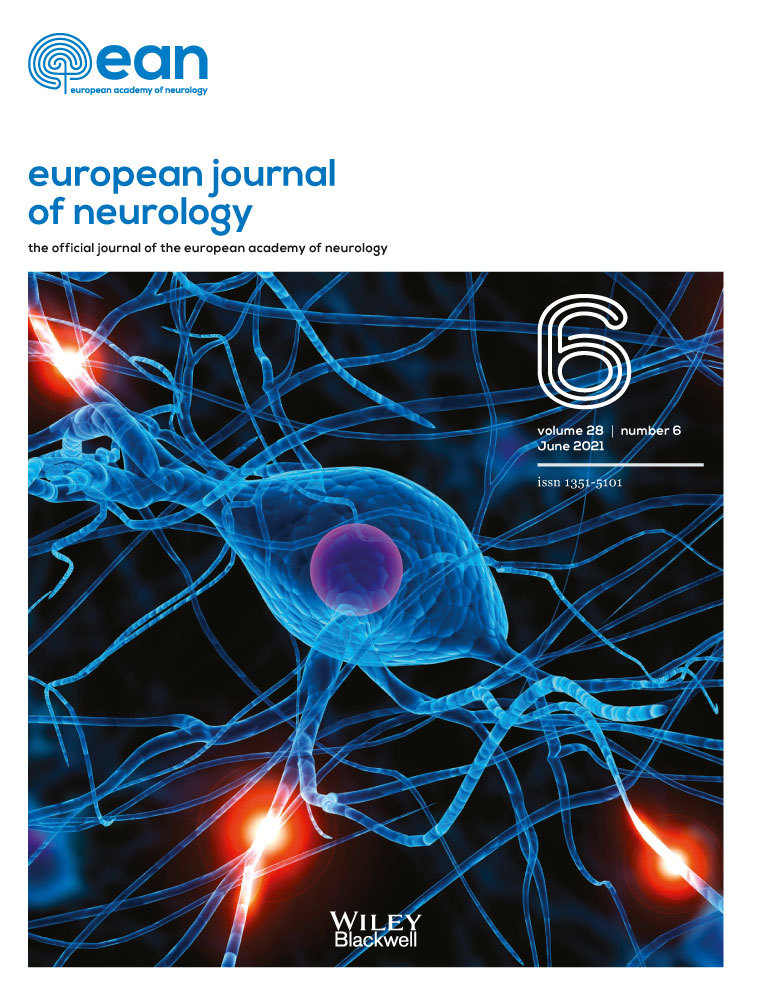CD8+ T-cell predominance in autoimmune glial fibrillary acidic protein astrocytopathy
Z. Yuan and H.Li is the co-first author.
Funding information
This study was supported by the National Natural Science Foundation of China (81771302, 81671232); the Science and Technology Program of Guangzhou, China (201803010123); the Natural Science Foundation of Guangdong Province (2019A1515010473) and the Guangdong-Hong Kong-Macao Greater Bay Area Center for Brain Science and Brain-Inspired Intelligence Fund (2019014).
Abstract
Background and objective
We aimed to report the pathological features of T lymphocytes in autoimmune glial fibrillary acidic protein (GFAP) astrocytopathy (GFAP-A).
Methods
A retrospective pathological analysis of patients with GFAP-A was performed.
Results
Eight patients with GFAP-immunoglobulin G (IgG) and pathological data were included. Their biopsy findings were similar, and all showed marked lymphocytic infiltration in the white matter, with perivascular predominance. The lymphocytic infiltration was predominantly composed of CD8+ T lymphocytes rather than CD4+ T lymphocytes, except in one patient who had overlapping positive myelin oligodendrocyte glycoprotein-IgG. Unlike CD4+ T cells, CD8+ T cells were frequently observed adjacent to dystrophic neurons and astrocytes. There was also diffuse infiltration by CD68+ and CD163+ macrophages. CD8+ astrocytes were identified in two samples, but no CD4+ astrocytes were observed.
Conclusions
A predominance of CD8+ T cells may be an important pathological and diagnostic feature in GFAP-A.
CONFLICT OF INTERESTS
None declared.
Open Research
DATA AVAILABILITY STATEMENT
The data that supports the findings of this study are available in the supplementary material Table S1 of this article.




